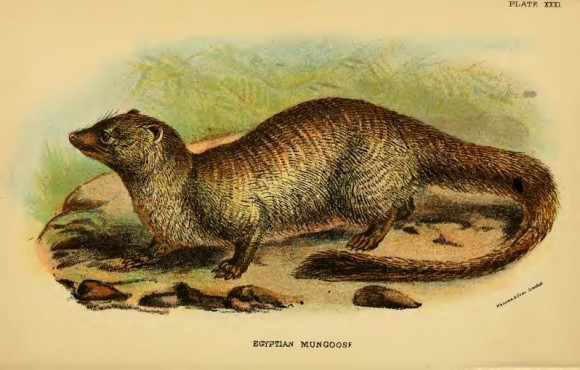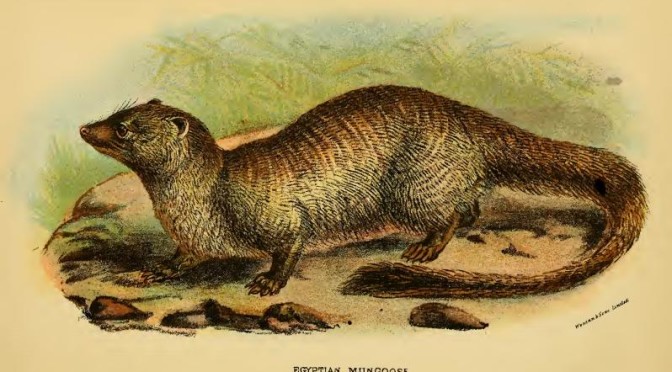This has been a year of critters on the tel. Students and staff have reported seeing green parrots, small raptors, black snakes and even a Palestinian Pit Viper, which was quickly dispatched. The usual annoyances of ants, flies and mysterious biting insects are of course present. As is the perpetual mole. This year he, or she, has moved to another area of the dig, out of MM20, I think, but maybe he is just not showing himself.
Scorpions are always a concern, so we wear gloves when moving sandbags and large stones and always look at what we are doing. A chameleon was certainly a surprise this year. He didn’t look anything like the small little lizards we see in the northeastern U.S. He was substantial and had large, lemur-like eyes.
And then there are the crows. Not jet black like ours, these are grey and black, but in profile are definitely crows. And they sound and act like them. Perhaps I’m forever damaged by the movie, “The Birds,” but I find all crows creepy and evil.
Wildlife abounds on the tel. Back home at the Naval Academy, we have always had cats. Lots of cats. People feed them. Some are very friendly and I think are probably owned by someone. Others are as feral as can be and still have some contact with humans. They are black and white, orange or “gingy” as they say here, calico, tiger striped, just about any color combination you can imagine on a domestic shorttail. So we have cats.

But this year, we also have something else. For a while, we weren’t sure what exactly it was. I have only seen the back end and tail, which could have been just about any long-tailed furry creature. But others have seen it from nose to tail and tell me it is a mongoose.
Now, before you go all Riki Tiki Tavi on me, I looked up mongooses or mongeese (turns out both are correct and I sort of like mongeese). They don’t just live in India. There is an Egyptian mongoose and that is probably this one’s species. And Kipling apparently got some things wrong. Mongeese do not automatically go after snakes. They typically eat rodents and insects and other small critters. The reason they are associated with snakes is they are one of only a few animals that are genetically immune to the neurotoxins in viper venom. The article I found was unsure if they were also immune to hematotoxins or toxins of other snakes, but they are definitely immune to neurotoxin-producing snakes. So, if they are attacked by one of these snakes, they will fight and usually win because these snakes rely on their venom to overcome prey and are not used to animals fighting back. No one here at the Naval Academy seems to be concerned about the mongoose, assuming they know about it.
Some of our group are skeptical, because he, or she, is fast. If someone spots the mongoose, the second person sees only the rump end and tail and the third person may see a rustling in the bushes, no mongoose. And there are a lot of cats on campus.
I, however, having only seen the rear, still believe. Why not? At my house in State College, not only do I see squirrels and chipmunks, but I’ve seen skunks, groundhogs and opossums. So why not a mongoose on the loose here?

